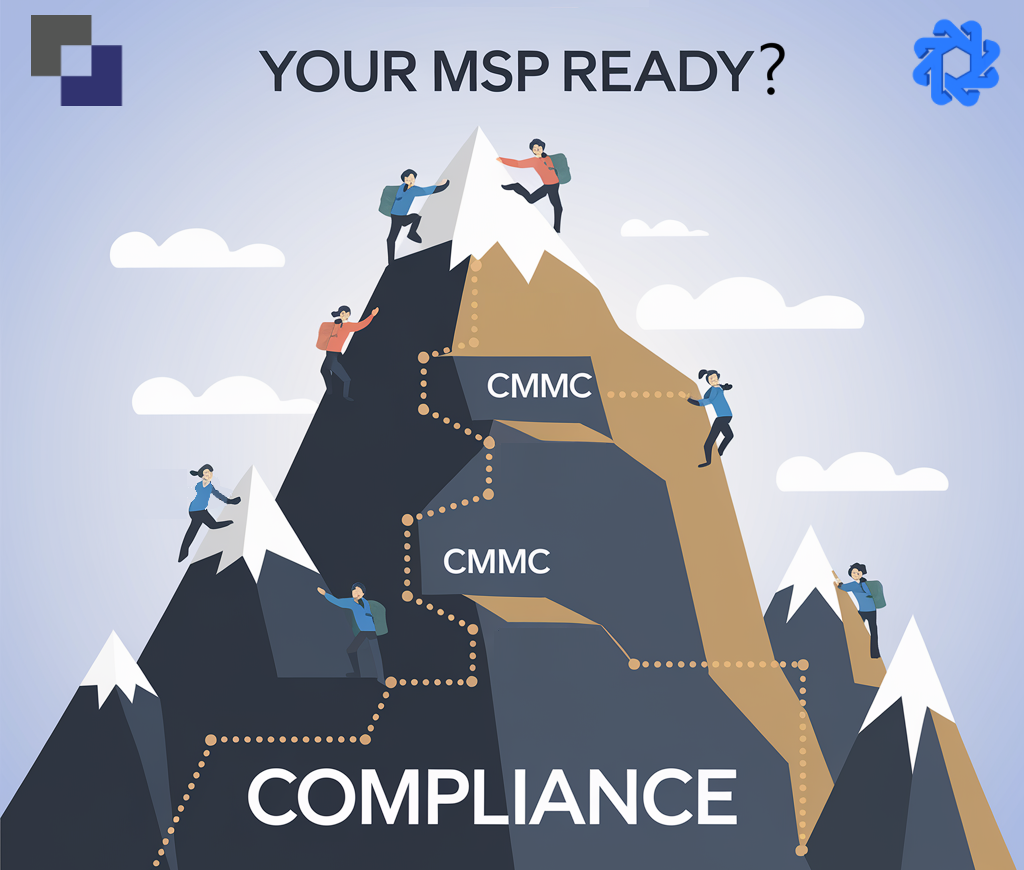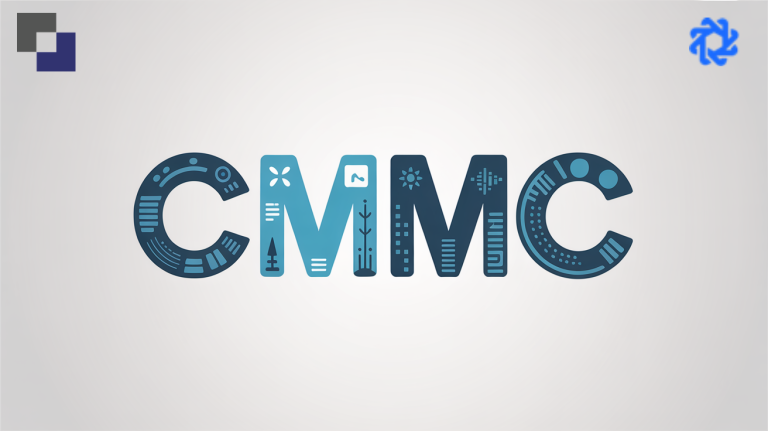Article written by Mark Jackolski, ShellProof Security
For years, MSPs have operated in an unregulated environment, where virtually anyone with basic computer skills; like “my brother Bob” , could start an MSP without formal training, certifications, or adherence to standards ensuring proper client data protection or secure administrative access. Many small businesses have placed significant trust in their IT service providers, relying on them not only for technical support but also for security and compliance guidance. However, the reality is that many MSPs have been “winging it,” offering services without the structured frameworks necessary to meet today’s complex compliance demands.
Now, as the regulatory landscape evolves and businesses face stricter requirements, the era of improvisation is over. MSPs must professionalize their operations and adopt a structured, compliance focused approach to remain trusted partners and competitive players in the market.
This isn’t just about meeting regulatory compliance; it’s also about internal compliance ensuring MSPs adhere to their clients’ security requirements to maintain protection. MSPs serve as custodians of their clients’ sensitive data and IT infrastructure, often taking on responsibilities far beyond basic IT support. This pivotal role makes compliance essential, as even small missteps can create ripple effects that impact both the MSP and its clients.
When compliance is neglected, both MSPs and their clients are left adrift in a fog of risk and ambiguity. By prioritizing compliance, MSPs can offer clarity and assurance, guiding clients safely to shore.
The Stakes are High but so is the Opportunity
In an industry where the pace of change is relentless, MSPs are more than just service providers, they’re the trailblazers, problem-solvers, and often the first line of defense for their clients. Compliance is no longer a backburner issue; it’s a business critical priority that can define your success and that of your clients. The stakes have never been higher. Compliance is a maze of regulations and acronyms that can feel overwhelming, but ignoring it isn’t an option. The real question isn’t whether compliance is important, but how well your MSP can integrate it into your operations to proactively protect clients while standing out in a crowded marketplace.
To succeed, MSPs must move beyond reactive troubleshooting and build proactive, predictable service operations. Compliance doesn’t scale easily across diverse IT environments, making in-depth, customer-specific analysis essential. By creating service offerings tailored to answer the compliance gaps of a framework will aid in the client’s compliance needs, MSPs can deliver consistent, high-value solutions that not only protect their clients but also cement their position as trusted advisors in a demanding and competitive industry.
Most compliance frameworks overlap requirements and when you pick one you’ll find that the others have similar requirements. Some of the best framework options for MSPs are NIST CSF, CIS, and GTIA Cybersecurity Trustmark.
- NIST CSF (National Institute of Standards and Technology Cybersecurity Framework) is a foundational, flexible framework designed to enhance cybersecurity across organizations of any size or industry. Its structure aligns closely with various regulatory requirements, which often use NIST as their foundation. This makes NIST CSF a valuable starting point for organizations looking to meet multiple compliance mandates while improving their overall security posture.
- CIS (Center for Internet Security) takes a more prescriptive approach, offering 18 Critical Security Controls (CIS Controls) that are clear, actionable, and specifically designed to reduce cyber risk. MSPs often prefer CIS because it provides straightforward guidance that is easier to implement compared to more abstract frameworks. These controls prioritize actions by risk level, ensuring organizations focus on the most critical areas first.
- Lastly the GTIA Cybersecurity Trustmark was created specifically for MSPs and is based on CIS (Center for Internet Security’s) 18 Critical Security Controls, as well as controls from other globally recognized frameworks, to form industry-accepted best practices. In an effort to help managed service providers (MSPs) establish a starting point for their security journey, the GTIA Cybersecurity Trustmark offers a path for solution provider members who are looking to differentiate themselves by adhering to this industry standard of controls and providing an assurance that they have met or exceeded the standard set forth by their industry peers.




